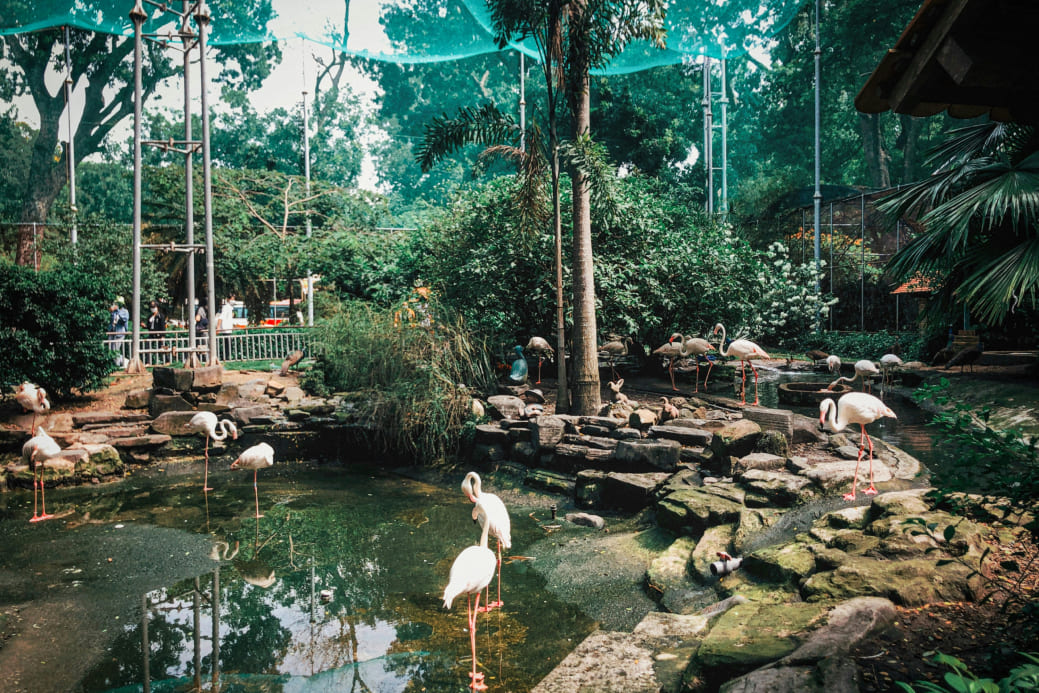
The Flamingo: Graceful Guardians of Wetland Forests
Flamingos are often associated with vast salt flats and shallow lakes, but some species, like the Chilean flamingo, can also be found in forested wetlands and areas surrounded by trees and greenery. These birds are a captivating blend of elegance and resilience, thriving in environments that demand adaptability and resourcefulness.
Flamingos are famous for their vibrant pink plumage, a result of their diet rich in algae and small crustaceans that contain carotenoids. Their long, spindly legs allow them to wade through deep waters, while their uniquely shaped beaks are designed for filter feeding, sifting through mud and water to extract tiny food particles.
Life in forested wetlands presents unique challenges for flamingos. Dense vegetation and seasonal changes in water levels require them to be constantly on the move, seeking new feeding grounds. These birds often form large colonies that provide safety in numbers, as predators such as foxes and large birds of prey are a constant threat to their eggs and chicks.
Despite their delicate appearance, flamingos are remarkably resilient. They can survive in harsh conditions, including high salinity and extreme temperatures. Their ability to navigate changing environments makes them a vital part of their ecosystem, contributing to nutrient cycling and maintaining the health of their habitats.
Conservation efforts are crucial to protecting flamingos and their forested wetland homes. Habitat destruction and pollution pose significant threats, but initiatives to restore wetlands and reduce human impact are helping these graceful birds continue to thrive.